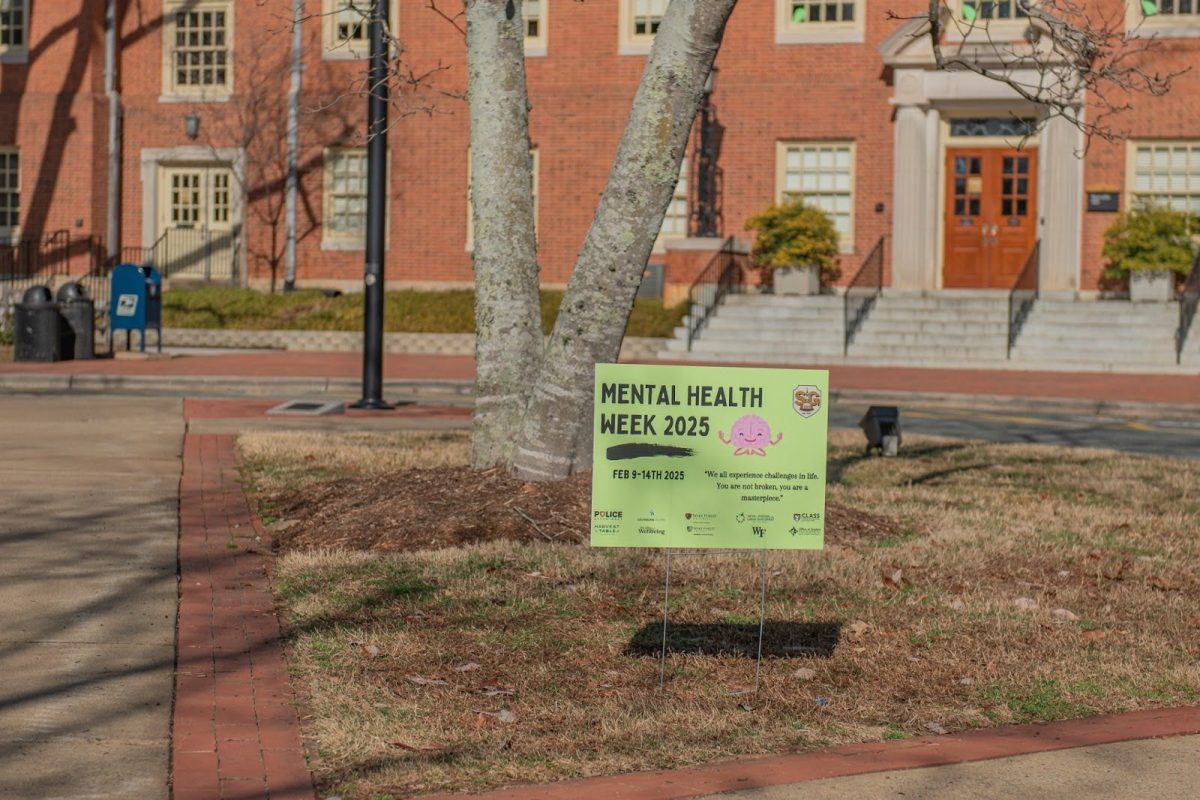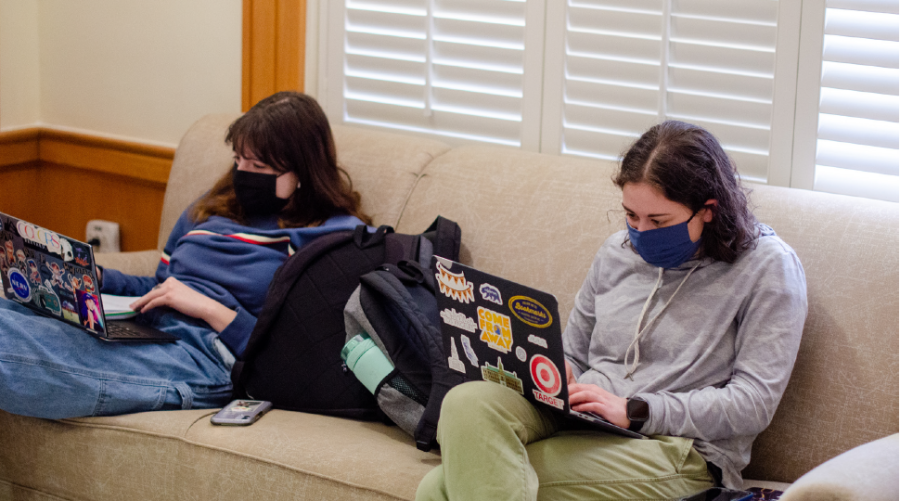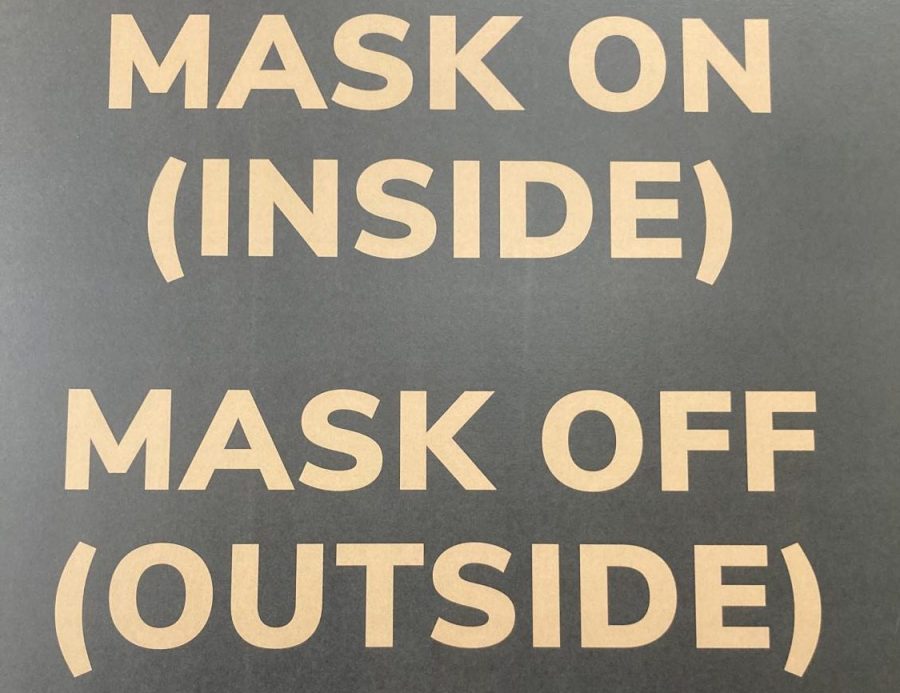University professors and administrators have thrown around the term “remote learning” as students prepare for online classes beginning Monday, March 23. However, the intricacies of remote learning remain unclear and confusing for many students. What will remote learning look like in practice?
For some students, remote learning will be very similar to in-person learning. They will attend classes at the scheduled time with the professor and the structure will match that of class on campus.
For others, online learning throws a wrench in the curriculum, particularly those students studying the arts such as dance, music and studio art.
“Depending on the course, there will be a mix of real-time, “synchronous” meetings and on-line projects which can be done at one’s own pace,” music department chair Peter Kairoff said. “One-to-one music lessons will take place over FaceTime, Skype or other platforms, and music history or theory classes will include some pre-recorded lectures, some real-time discussion, and some old-fashioned paper writing and projects.”
While professors in the music department have been working to adapt their syllabi to the new reality by communicating with university music professors across the country, adaptation has been a difficult task.
“Some activities in music, such as orchestra or choir rehearsals, simply can’t be done remotely, so those courses will have to switch to assigning supplementary enrichment activities that are not especially ideal,” Kairoff said. “Other classes, such as music theory or history, can be adapted pretty well to online teaching.”
Kairoff also notes that though music instruction always benefits from in-person interaction, the department is doing its best under these circumstances.
Even in courses that lend themselves well to online learning, technology always presents a challenge. As many professors look to conduct class through Zoom, a popular video conference platform, other professors fear the technological shortcomings of Zoom. Instead, they are opting to provide students with PowerPoints with attached audio and will simultaneously hold question and answer sessions during class.
“Powerpoints with attached audio recordings will sadly minimize the face to face close student-faculty classroom interaction, an integral component of Wake Forest that I honestly took for granted,” said junior Caitlyn Margol. “However, at this difficult time I am grateful for the hard-working professors who are doing everything they can to make this transition to online classes as seamless as possible, including providing their personal phone numbers and offering to conduct office hours virtually through phone or video conference platforms such as Zoom.”
Additionally, in an email sent to students Sunday, March 22, Dean Michele Gillespie implored students who have limited access to internet or a computer to contact the Information Systems Service Desk to request a hotspot or loaner laptop.
The university has also developed a website that provides students with tips and resources to learn remotely. Academic centers such as the Math and Stats Center, Writing Center and Learning Assistance Center are transitioning to support students through remote tutoring sessions. Academic accommodations approved by the Learning Assistance Center will still apply during remote learning, though the logistics of these accommodations may change in this new learning environment.
“Please be reminded that WFU academic and conduct regulations apply to remotely delivered courses just as they do to standard courses,” Gillespie said in her email.





















